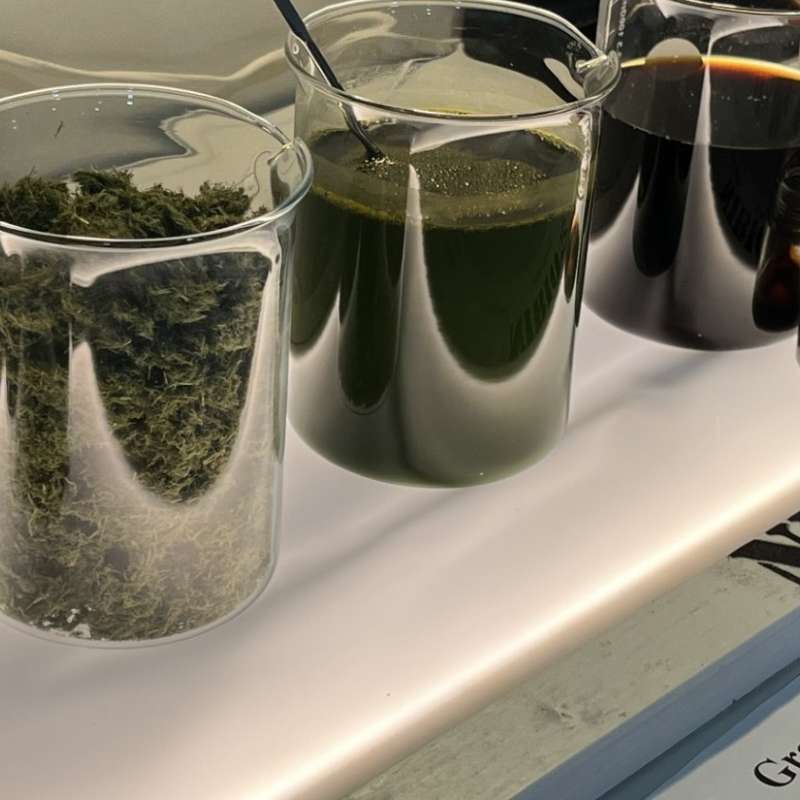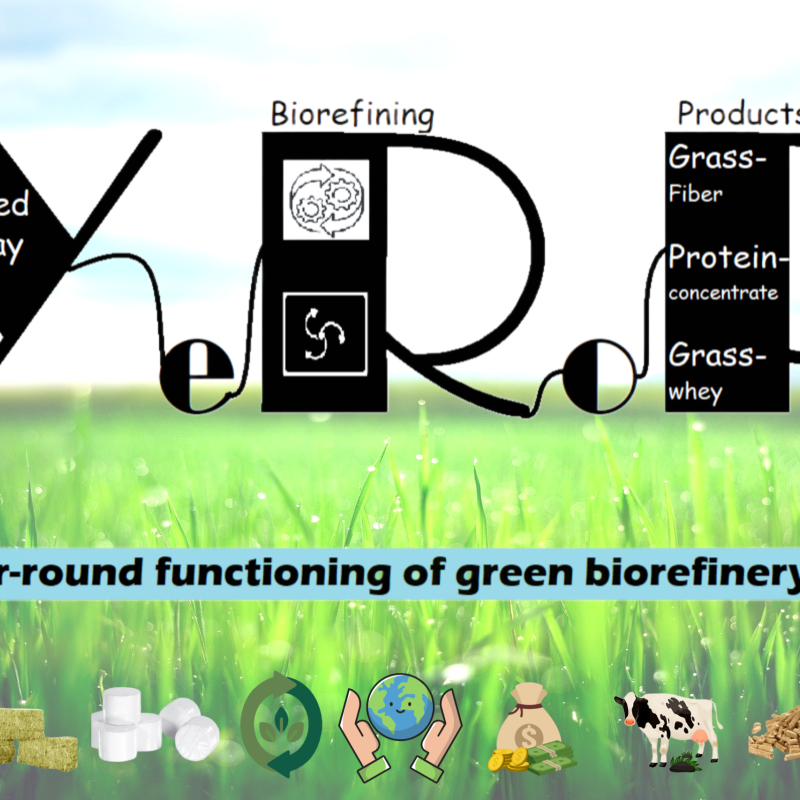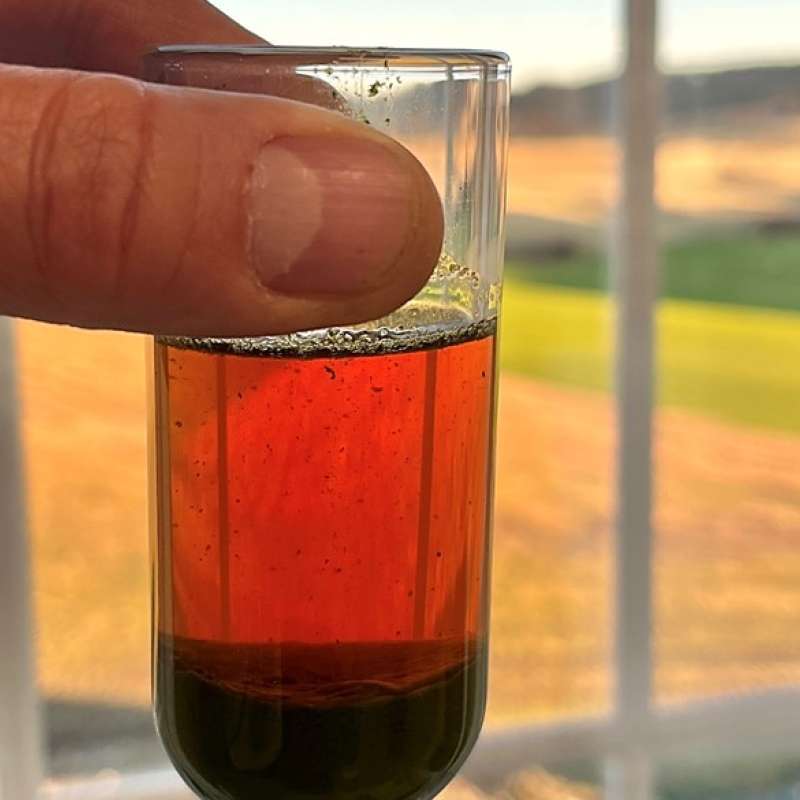Steffen Adler
Forsker
Sammendrag
European livestock sectors rely heavily on imported protein feeds, presenting challenges regarding sustainability and supply security. Green biorefineries (GBR) represent a local alternative where protein concentrates are extracted from grassland crops, but the environmental performance of these systems depends on feedstock cultivation practices. This study combined field trials and life cycle assessment (LCA) to quantify how nitrogen (N) fertilization rates, clover inclusion rates, and feedstock management (fresh vs. ensiled) affect dry matter (DM) and crude protein (CP) biomass yields, as well as subsequent climate impact, and agricultural land use of GBR products. The results reveal that N fertilization during cultivation of feedstock biomass plays a critical role in the climate impact of green biorefining, and that including legumes enhances GBR sustainability. Increasing N fertilization from 0 to 240 kg N ha−1 in red clover–grass swards increased DM and CP biomass yields but also increased soil N₂O emissions and upstream fertilizer burdens. Under no N fertilizer treatment, biological N fixation supported high yields, resulting in the lowest net climate footprint in the ensuing LCA of the GBR process. However, this treatment also required around 60 % more land than the high N treatment. Processing ensiled feedstock further reduced the climate impact compared to fresh biomass by retaining more CP in the liquid fraction and eliminating several biorefinery steps. However, this benefit in this case was linked to the use of the liquid phase rather than ensiling itself, and similar outcomes could be achieved with fresh biomass if processed accordingly and used immediately after production. Future work must expand system boundaries to include transport, storage, and animal-feeding stages, and develop farm-level strategies that align GBR practices with regional conditions.
Sammendrag
Det er ikke registrert sammendrag
Sammendrag
Foredraget viste biorefinering av engvekster på laboratorienivå, med levende pressing av utvalgte arter (timotei, rødkløver og blandinger), proteinutvinning fra grønnsaft, samt eksempler på gressproteinkonsentrat og fôrpellets. Samtalen med deltakerne tok opp blant annet betydningen av ulike plantearter for proteinutbytte, kvalitet på proteinfraksjoner og egenskaper ved biproduktet brunsaft.

Divisjon for matproduksjon og samfunn
Grønt protein fra eng : biorafinering, bærekraft og systemperspektiv

Divisjon for matproduksjon og samfunn
Potential of biorefining fresh and preserved forages for year-round green protein supply in Norway
This YeRoP-project (Potential of biorefining fresh and preserved forages for

Divisjon for matproduksjon og samfunn
ONETWO - En avling, to fôrrasjoner – lokalprodusert fôr fra bioraffinerte engvekster til melkekyr og slaktekylling
Engvekster er råstoffet ved grønn bioraffinering som gir en rekke interessant sluttprodukter. Forskningsprosjektet ONETWO har som mål å evaluere grønt proteinkonsentrat fra presset gras som proteinkilde i kyllingfôr og fiberrik pulp i fôret til melkekyr. Vi vil også bidra til teknologisk utvikling ved å teste nye avvanningsmetoder for råstoffer med høyt vanninnhold. Videre skal vi vurdere bærekraft og utvikle forretningsmodeller for bioraffinering av engvekster i Norge.
